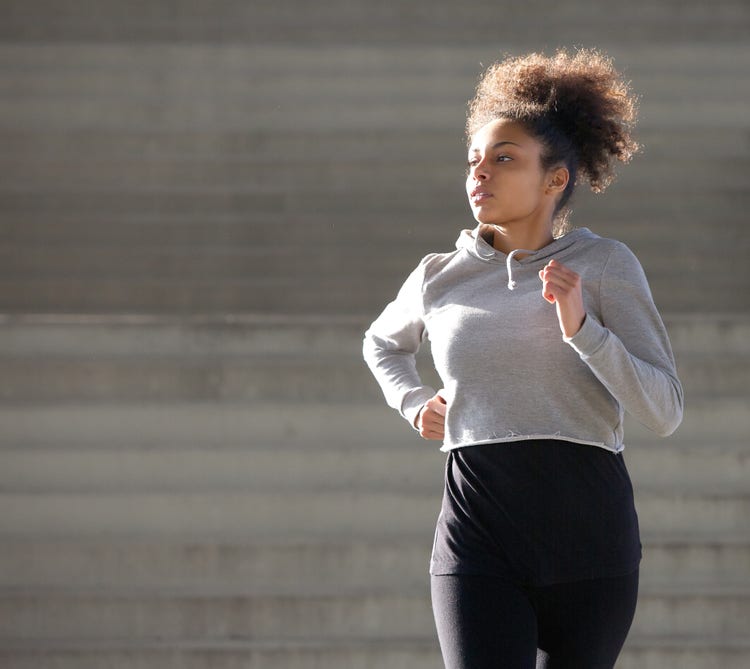In The Mindful Zone

The most widely accepted definition of mindfulness is paying attention to the present moment, deliberately and nonjudgmentally…
From David Michie’s book “Why Mindfulness Is Better Than Chocolate.”
PAYING ATTENTION TO THE PRESENT MOMENT
While most of us have a pretty good handle on the here and now, it’s often, to borrow from the language of photography, low-resolution. When it comes to high-resolution, we’re not so good. We sit on our hotel balcony overlooking a spectacular panorama, but our thoughts are back at the office and a bruising encounter with a colleague. We go for a walk in the park, and far from being absorbed by the wonders of nature, we find ourselves planning next weekend. Most of us would agree with research that about half the time we’re thinking about something other than what we’re actually doing.
Some neuroscientists label this the “narrative” state as opposed to the “direct” state, which is when we’re attending directly to our senses. While no one disputes the importance of thought in planning and so on, our constant absorption in the narrative state is also the cause of much of our unhappiness.
When we consider the darkest moments of our lives, they’re almost always times when we’ve been trapped in the narrative state: boiling over with anger at the way we have been wronged, filled with despairing thoughts about the end of a relationship. Significantly, at such moments the world around us that we can see, hear, smell, taste and touch may be neutral or even very pleasant. If only we could “pay attention to the present moment,” we could perhaps be free to actually enjoy our privileged circumstances.
MINDFULNESS IS A STATE WE CULTIVATE INTENTIONALLY
Some activities seem especially well-suited to mindfulness. These often have a repetitive quality that people find calming or relaxing. Swimming and cycling lend themselves to keeping the mind in the here and now. Gardening offers a multiplicity of direct sensory contact with nature. Walking can be used as a meditative practice. The highest performance levels in sport and the performing arts all demand very high levels of mindfulness.
Having intentionally switched to “direct” mode through any of these activities, our challenge is to experience what we sense without any of the analysis and ruminations that usually accompany sensory experiences and draw us back into narrative mode so subtly that we don’t even notice.
Most of us depend on our well-developed critical faculty to manage our busy lives. As a result, it’s actually quite hard for us to simply experience something without judging. Learning to disengage from this constant mental commentary is an important skill.
Research teams around the world have established many powerful benefits of practicing mindfulness — from stress management to lowering high blood pressure and slowing aging. The gym is the perfect place to practice mindfulness as repetitive activities are ideally suited to “getting in the flow.”
BENEFITS OF MINDFULNESS IN THE GYM
There are a number of mental and physical advantages to practicing mindfulness in your workout. These include:
- Fewer injuries — While accidents will happen, most injuries are self-inflicted as a result of poor posture or technique. Generally, these occur because we’re not focusing on our bodies and our thoughts are elsewhere.
- Better performance — By improving the quality of our movement, we improve the results of our workout. Subtle changes to strides, rhythms and sensations can greatly improve performance, whatever our level.
- Less stress — By focusing on your routine, instead of having one eye on your phone, you create space in your day and increase your capacity to deal with the world, post-workout.
- Improved connection with your body — When we tune into our bodies at the gym, we carry this through to everyday activities, improving our posture and physical awareness throughout the day.
HOW TO DO IT
- Leave your phone in the locker and focus on the treadmill or cross-trainer. Bring your attention to every aspect of your performance from the rhythm of your breath and limbs moving, to the sounds of your shoes hitting the belt. See if you can bring together body and mind so that you become one with your actions.
- Use warm-ups and post-workout stretches as a reminder to focus on the part of your body that you’re stretching at that moment.
- Connect to your breath and embody your senses. Take a few deep, mindful breaths and as you exhale, let go of any narrative chatter and scan your body for energy and sensations and new physical awareness. Give yourself permission simply to be in this moment, here and now.
- When weight training or during class, focus on your posture, the muscles you are using and the instructions you have received. This is not the time to plan your shopping list — that’s how injuries happen.
- Drink water mindfully. Use every sip as a reminder to come back to the here and now of your workout, and let go of any extraneous thoughts.
David Michie an internationally published writer and meditation coach. He is the author of the bestselling “Buddhism for Busy People” and “The Dalai Lama’s Cat” series. Visit davidmichie.com for free, guided meditation downloads and other mindfulness resources.